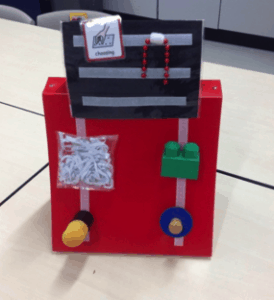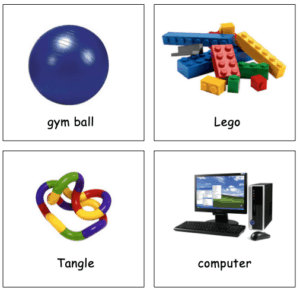Podcast #8 Enhancing communication opportunities: Autism and learning disabilities
Description
Podcast Episode Notes
How can we ensure we provide lots of opportunities for communication!?
The Environment
Total Communication encompasses all the different ways we can communicate: speech, body language, gesture, eye contact, Makaton sign, body sign, symbols, pictures, photos, words, facial expressions, tone of voice etc.
A Total Communication approach should be used at all times, giving as much opportunity for individuals to communicate and to understand your communication.
Ensuring an individuals preferred means of communication is encouraged and they have access to the needed resources at all times.
Knowing the communication behind the behaviour of our children and young people is essential to support their communication.
It is also important to understand how much meaning the individual is taking from communication supports around them, for example, do they recognise a symbol or photo. Would an object have more meaning to them?
<figure class="wp-caption">

<figcaption class="widget-image-caption wp-caption-text">Examples of personalised communication supports easily accessible on the table</figcaption>
</figure>
Enhancing communication by adapting the environment
Classroom/Home
Think about the individuals access to needed communication supports (i.e. visual prompts for physical needs such as ‘toilet’ and ‘drink’. These need to be placed in accessible places such as on the wall and on the child’s table for easy access.
Encouraging the individual to want to communicate through highly stimulating and engaging resources and toys.
Providing choice i.e. giving a choice of 2 objects or a choice board of a selection of resources.
Ensuring there is an element of choice in each lesson for those learners who are able to make choices or learning to make choices.
Using dedicated spaces in the environment to communicate what happens there (i.e. a calm space with bean bag or work space with table.
Visual structured systems that communicate a message i.e. a numbered system that an individual works through numbered activities 1 – 4 at the table or 3 cups in the bathroom with the sequence of resources such as toothbrush, toothpaste and flannel. Maybe its a photo of the individual on a chair showing that it is their chair or a circle on the floor showing where to sit.
Playground/Garden
Does the individual have access to needed visual communication supports? Do we need to put laminated photos or pictures outside as visual prompts or an outside vocabulary board to support communication?
Are the resources outside stimulating and engaging? Do the individuals want to communicate or request for specific resources?
Intensive Interaction: an approach to developing early fundamentals of communication through interactions with individuals at their level of communication. Engaging in an interaction following the lead of the individual and taking turns in playful exchanges for example, joining the actions, sounds of the individual, playfully imitating them in a communicative exchange.
I have written more about Intensive Interaction here.
You can find further information about this highly effective approach to early communication development for autistic individuals or those with complex needs at the Intensive Interaction website.







